Blackberry 2012 Annual Report Download - page 184
Download and view the complete annual report
Please find page 184 of the 2012 Blackberry annual report below. You can navigate through the pages in the report by either clicking on the pages listed below, or by using the keyword search tool below to find specific information within the annual report.-
 1
1 -
 2
2 -
 3
3 -
 4
4 -
 5
5 -
 6
6 -
 7
7 -
 8
8 -
 9
9 -
 10
10 -
 11
11 -
 12
12 -
 13
13 -
 14
14 -
 15
15 -
 16
16 -
 17
17 -
 18
18 -
 19
19 -
 20
20 -
 21
21 -
 22
22 -
 23
23 -
 24
24 -
 25
25 -
 26
26 -
 27
27 -
 28
28 -
 29
29 -
 30
30 -
 31
31 -
 32
32 -
 33
33 -
 34
34 -
 35
35 -
 36
36 -
 37
37 -
 38
38 -
 39
39 -
 40
40 -
 41
41 -
 42
42 -
 43
43 -
 44
44 -
 45
45 -
 46
46 -
 47
47 -
 48
48 -
 49
49 -
 50
50 -
 51
51 -
 52
52 -
 53
53 -
 54
54 -
 55
55 -
 56
56 -
 57
57 -
 58
58 -
 59
59 -
 60
60 -
 61
61 -
 62
62 -
 63
63 -
 64
64 -
 65
65 -
 66
66 -
 67
67 -
 68
68 -
 69
69 -
 70
70 -
 71
71 -
 72
72 -
 73
73 -
 74
74 -
 75
75 -
 76
76 -
 77
77 -
 78
78 -
 79
79 -
 80
80 -
 81
81 -
 82
82 -
 83
83 -
 84
84 -
 85
85 -
 86
86 -
 87
87 -
 88
88 -
 89
89 -
 90
90 -
 91
91 -
 92
92 -
 93
93 -
 94
94 -
 95
95 -
 96
96 -
 97
97 -
 98
98 -
 99
99 -
 100
100 -
 101
101 -
 102
102 -
 103
103 -
 104
104 -
 105
105 -
 106
106 -
 107
107 -
 108
108 -
 109
109 -
 110
110 -
 111
111 -
 112
112 -
 113
113 -
 114
114 -
 115
115 -
 116
116 -
 117
117 -
 118
118 -
 119
119 -
 120
120 -
 121
121 -
 122
122 -
 123
123 -
 124
124 -
 125
125 -
 126
126 -
 127
127 -
 128
128 -
 129
129 -
 130
130 -
 131
131 -
 132
132 -
 133
133 -
 134
134 -
 135
135 -
 136
136 -
 137
137 -
 138
138 -
 139
139 -
 140
140 -
 141
141 -
 142
142 -
 143
143 -
 144
144 -
 145
145 -
 146
146 -
 147
147 -
 148
148 -
 149
149 -
 150
150 -
 151
151 -
 152
152 -
 153
153 -
 154
154 -
 155
155 -
 156
156 -
 157
157 -
 158
158 -
 159
159 -
 160
160 -
 161
161 -
 162
162 -
 163
163 -
 164
164 -
 165
165 -
 166
166 -
 167
167 -
 168
168 -
 169
169 -
 170
170 -
 171
171 -
 172
172 -
 173
173 -
 174
174 -
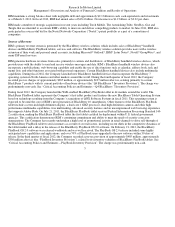 175
175 -
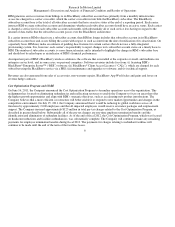 176
176 -
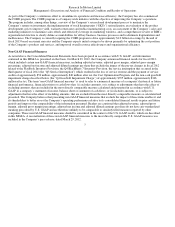 177
177 -
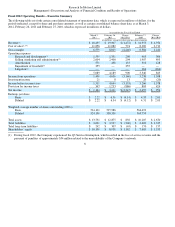 178
178 -
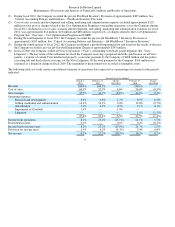 179
179 -
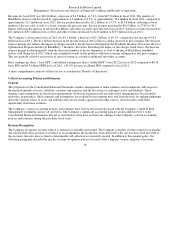 180
180 -
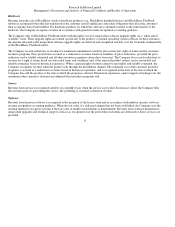 181
181 -
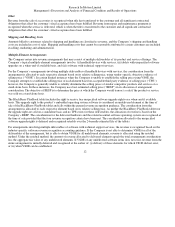 182
182 -
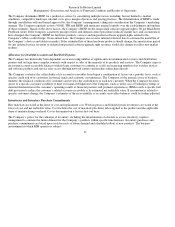 183
183 -
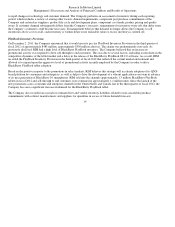 184
184 -
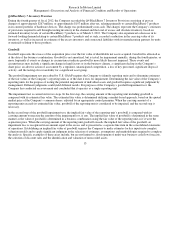 185
185 -
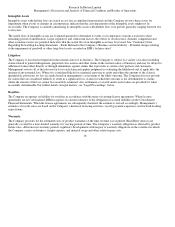 186
186 -
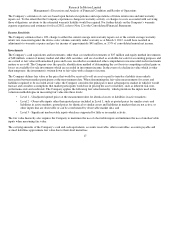 187
187 -
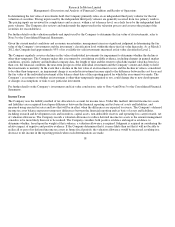 188
188 -
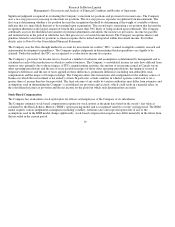 189
189 -
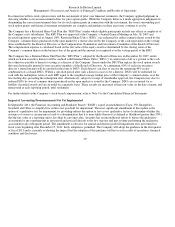 190
190 -
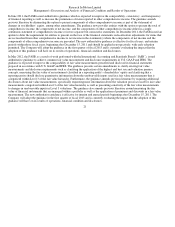 191
191 -
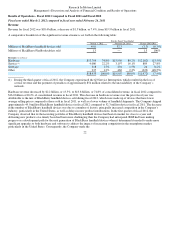 192
192 -
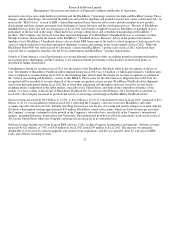 193
193 -
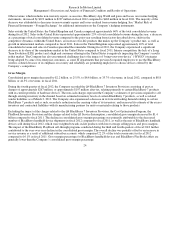 194
194 -
 195
195 -
 196
196 -
 197
197 -
 198
198 -
 199
199 -
 200
200 -
 201
201 -
 202
202 -
 203
203 -
 204
204 -
 205
205 -
 206
206 -
 207
207 -
 208
208 -
 209
209 -
 210
210 -
 211
211 -
 212
212 -
 213
213 -
 214
214 -
 215
215 -
 216
216 -
 217
217 -
 218
218 -
 219
219 -
 220
220 -
 221
221 -
 222
222 -
 223
223 -
 224
224 -
 225
225 -
 226
226 -
 227
227 -
 228
228 -
 229
229 -
 230
230 -
 231
231 -
 232
232 -
 233
233 -
 234
234 -
 235
235 -
 236
236 -
 237
237 -
 238
238 -
 239
239 -
 240
240 -
 241
241 -
 242
242 -
 243
243 -
 244
244 -
 245
245 -
 246
246 -
 247
247 -
 248
248 -
 249
249 -
 250
250 -
 251
251 -
 252
252 -
 253
253 -
 254
254 -
 255
255 -
 256
256 -
 257
257 -
 258
258 -
 259
259 -
 260
260 -
 261
261 -
 262
262 -
 263
263 -
 264
264 -
 265
265 -
 266
266 -
 267
267 -
 268
268 -
 269
269 -
 270
270 -
 271
271 -
 272
272 -
 273
273 -
 274
274
 |
 |

Research In Motion Limited
Management’s Discussion and Analysis of Financial Condition and Results of Operations
to rapid changes in technology and customer demand. The Company performs an assessment of inventory during each reporting
period, which includes a review of, among other factors, demand requirements, component part purchase commitments of the
Company and certain key suppliers, product life cycle and development plans, component cost trends, product pricing and quality
issues. If customer demand subsequently differs from the Company’s forecasts, requirements for inventory write-offs that differ from
the Company’s estimates could become necessary. If management believes that demand no longer allows the Company to sell
inventories above cost or at all, such inventory is written down to net realizable value or excess inventory is written off.
P
layBook Inventory Provision
On December 2, 2011, the Company announced that it would record a pre-tax PlayBook Inventory Provision in the third quarter of
fiscal 2012 of approximately $485 million, approximately $356 million after tax. The charge was predominantly non-cash. As
previously disclosed, RIM had a high level of BlackBerry PlayBook inventory. The Company believed that an increase in
promotional activity was required to drive sell-through to end customers. This was due to several factors, including recent shifts in the
competitive dynamics of the tablet market and a delay in the release of the BlackBerry PlayBook OS 2.0 software. As a result, RIM
recorded the PlayBook Inventory Provision in the third quarter of fiscal 2012 that reflected the current market environment and
allowed it to expand upon the aggressive level of promotional activity recently employed by the Company in order to drive
BlackBerry PlayBook tablet adoption.
Based on the positive response to the promotions in select markets, RIM believes this strategy will accelerate adoption of its QNX-
based platform by consumers and enterprises, as well as help to drive the development of a vibrant application ecosystem in advance
of its next generation of BlackBerry 10 smartphones. RIM sold into the channels approximately 1.3 million BlackBerry PlayBook
tablets in fiscal 2012 and sell-through to end customers were estimated at approximately 1.1 million units. Since the launch of the
new promotions across consumer and enterprise channels in the United States and Canada late in the third quarter of fiscal 2012, the
Company has seen a significant increase in demand for the BlackBerry PlayBook tablet.
The Company also recorded an accrual for estimated fees and vendor inventory liabilities related to non-cancelable purchase
commitments with contract manufacturers and suppliers for quantities in excess of future demand forecasts.
14
